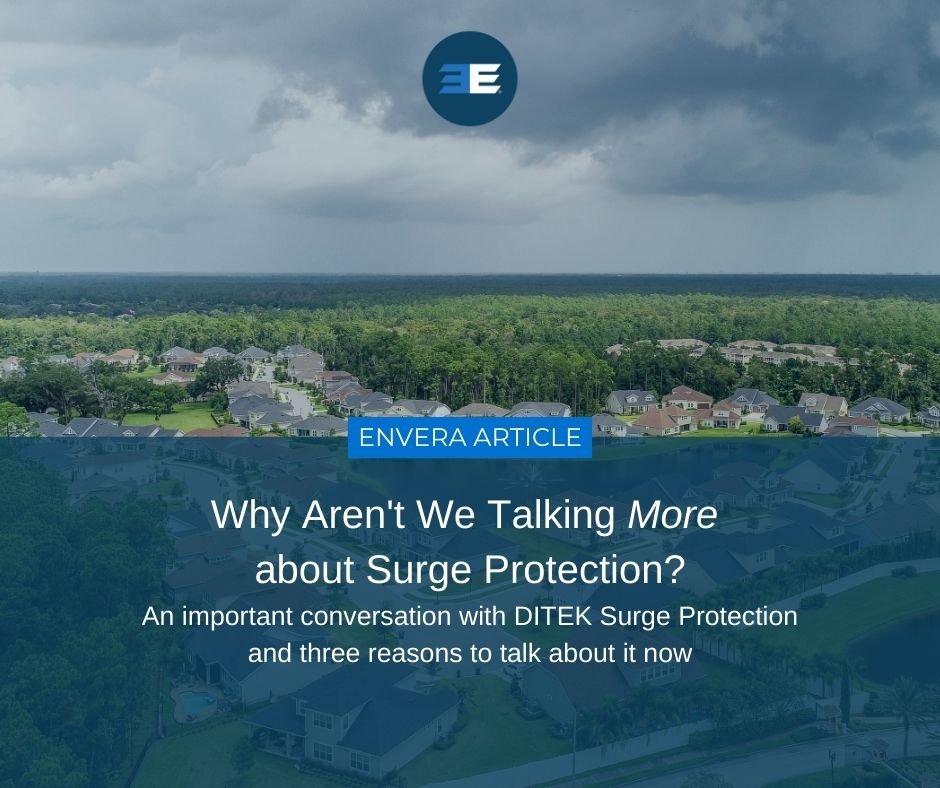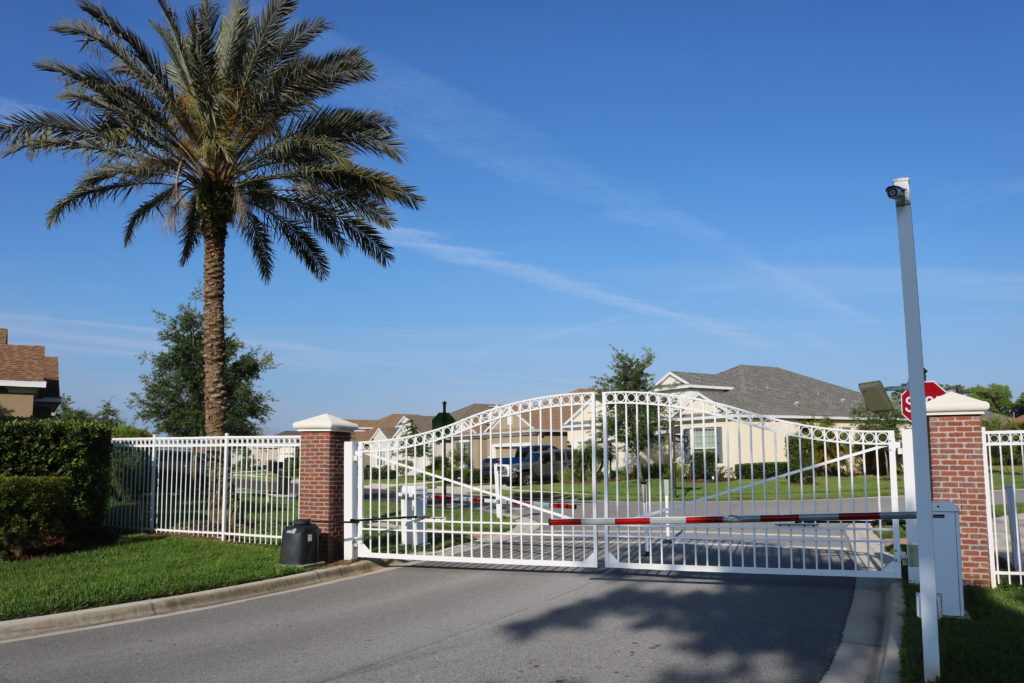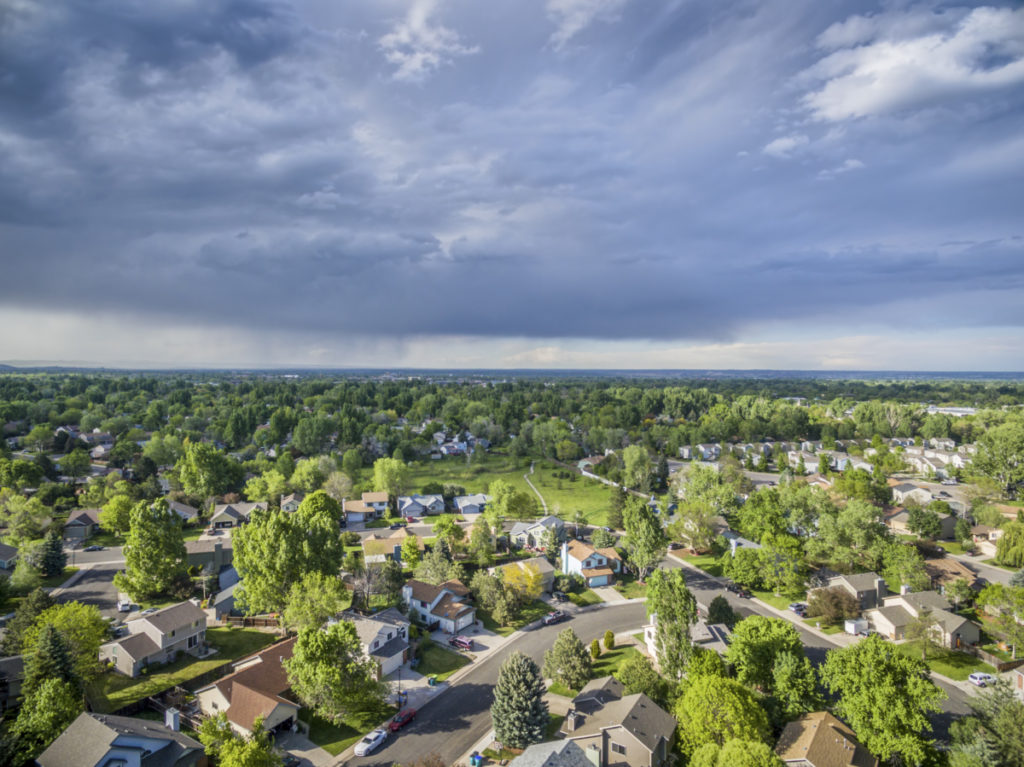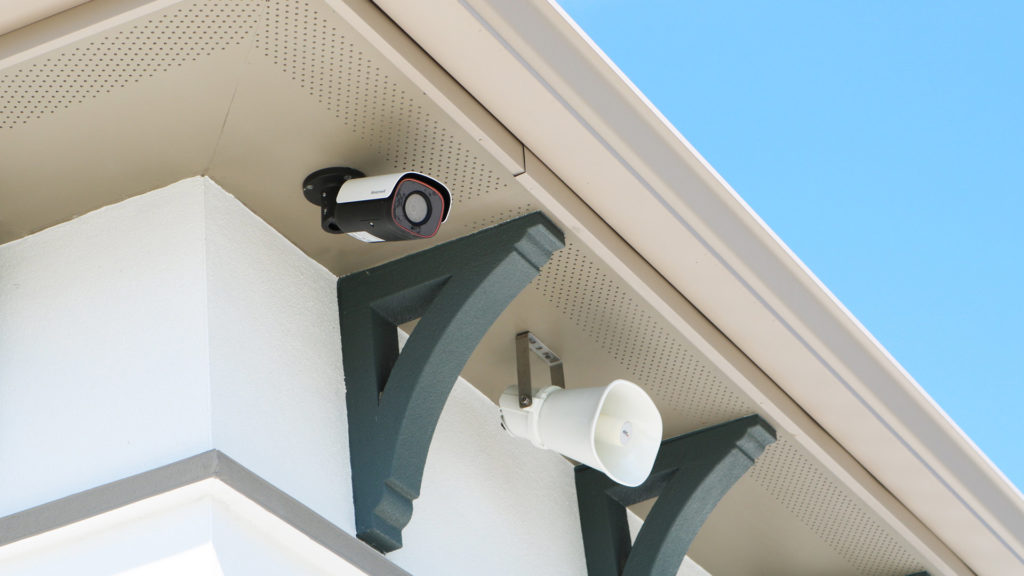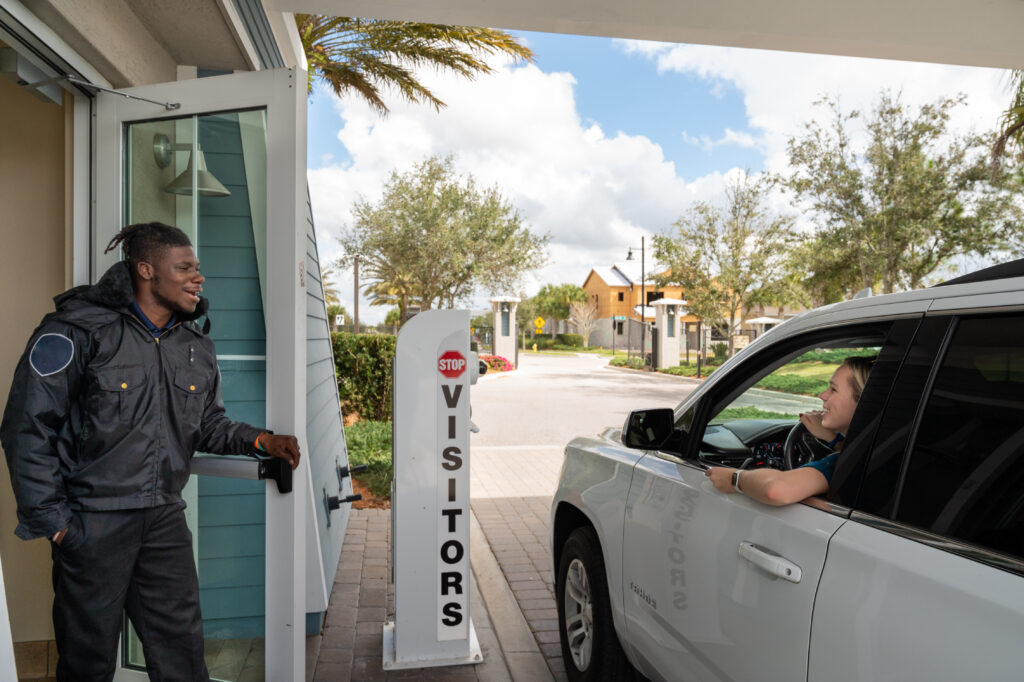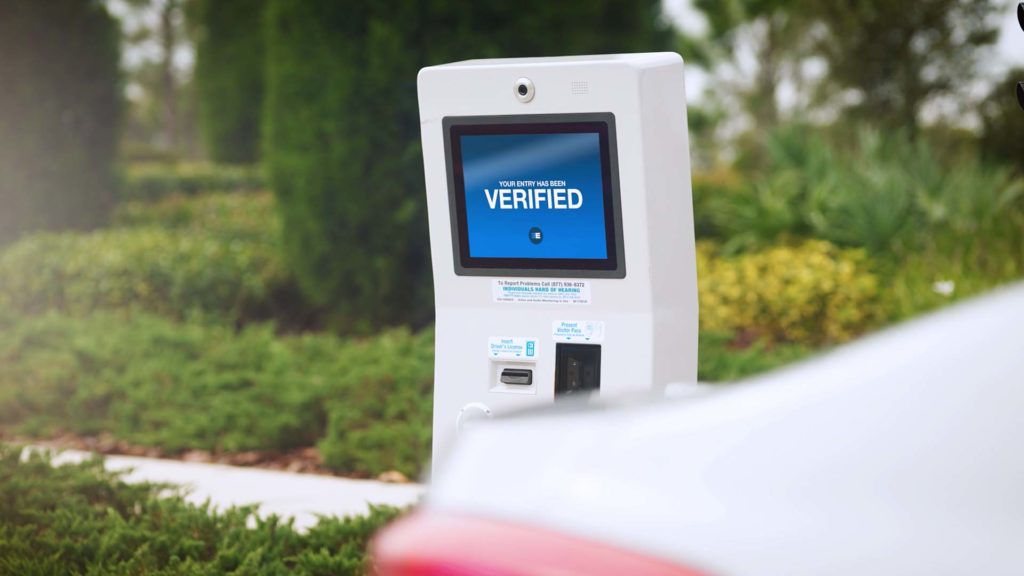Storm Season, Savings, and Skipped Conversations
This is Florida, and during the state’s storm season–especially the months June, July, August, and September–we talk a lot about lightning. Florida is often referred to as the “lightning capital,” and even the Tampa Bay Lightning team name originated from the city’s status, “Lightning Capital of North America,” according to the National Hockey League. For communities and homeowners, though, there’s an important part of storm season conversations that is often glossed over or, worse, excluded entirely.
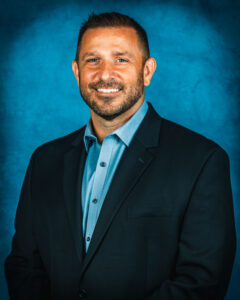
Surge protection—the first line of defense for your personal electronics, the community security systems, and more. We all rely on electricity and electronics every day. Unfortunately, though, “In most cases, the HOA or condominium association learns the hard way about surge protection when they end up with a big, expensive repair bill for their newly installed equipment,” says Mike Molinari. Molinari is the director of marketing at DITEK Surge Protection, and he’s been working there every day of his life for almost two decades.
For any and every application, there’s a surge protector available. You protect your own appliances and electronics at home. Molinari’s example is, “If you buy a brand new television and bring it home, you’re more than likely plugging it into a surge protector before plugging it into the wall. That’s a no brainer. So why wouldn’t you do the same with your $250,000 access control system?” It’s the same concept, but the sad reality is that it’s not talked about enough. Molinari sees the conversations and surge protection solutions omitted across many industries, “and that’s really where there’s a deficiency.”
Why would something that’s so important, integral to the survival of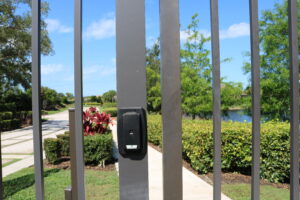 a system, be left out? Well, in the video surveillance and access control industry, there isn’t a true national standard for surge protection, so Molinari breaks it down into one of three reasons. “The engineer didn’t design it in, the sales person didn’t offer it, or the end user didn’t know about it,” he says. As a property manager or board member, knowing that solutions are available can help protect a community’s investment. It can be the difference between protecting the association from the costs associated with repairs, replacements, and costly downtimes or dealing with a repair bill that is “way more than the surge protector would have cost.”
a system, be left out? Well, in the video surveillance and access control industry, there isn’t a true national standard for surge protection, so Molinari breaks it down into one of three reasons. “The engineer didn’t design it in, the sales person didn’t offer it, or the end user didn’t know about it,” he says. As a property manager or board member, knowing that solutions are available can help protect a community’s investment. It can be the difference between protecting the association from the costs associated with repairs, replacements, and costly downtimes or dealing with a repair bill that is “way more than the surge protector would have cost.”
If the probable savings aren’t convincing enough, then you should also know, “Most of the time, the downtime factor ends up being tenfold or worse than the cost of replacing equipment,” Molinari says. He’s witnessed the intense headaches because a system went down without surge protection, the related services calls, and the stress of getting trucks rolling to a site. “Surge protection is in place to mitigate that. It’s keeping system survivability as high as possible and mitigating the downtime,” he says.
Storm season and lightning might be top of mind, but surge protection solutions are needed year-round. Often surges don’t come from lightning strikes; many come from the utility supply, and power surge experiences can happen any day. “While they may not be as grandiose as a lightning strike, they will chip away at the lifespan of sensitive electronics,” says Molinari. Your home includes many sensitive electronics, and community security solutions assuredly fall into that category as well. Adequate surge protectors are a necessity to protect a system long-term.
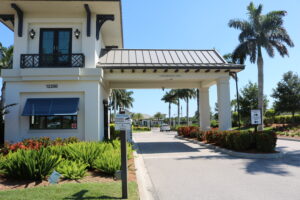 The best practices for surge protection include a layered approach. “If you have a bucket with 100 holes, and you fill 99, you still have a leak. We have to look at all potential paths that are vulnerable in the sense that they can carry surge into a system,” Molinari says. For a community security system, this means starting at the head end (the brains of the system) and then protecting all paths from there. This includes looking at the individual devices that are far from the head end or network switch, like cameras and access readers which are often spread throughout a neighborhood. “All of that cabling in the ground is essentially a lightning antenna; if you don’t protect those devices, you can lose all your video or all access control functionality.” Protecting one component doesn’t mean the other connections can be neglected.
The best practices for surge protection include a layered approach. “If you have a bucket with 100 holes, and you fill 99, you still have a leak. We have to look at all potential paths that are vulnerable in the sense that they can carry surge into a system,” Molinari says. For a community security system, this means starting at the head end (the brains of the system) and then protecting all paths from there. This includes looking at the individual devices that are far from the head end or network switch, like cameras and access readers which are often spread throughout a neighborhood. “All of that cabling in the ground is essentially a lightning antenna; if you don’t protect those devices, you can lose all your video or all access control functionality.” Protecting one component doesn’t mean the other connections can be neglected.
“First and foremost, surge protection is a form of insurance,” says Molinari. The security industry often refers to systems as “end-to-end,” but if it doesn’t include the proper surge solutions, that label is likely misused. At the very least, it should always be part of the conversation. “As a consumer myself, I don’t want to find out after the fact that a product was available. Talk to me about it upfront,” Molinari adds. Know and understand the options to protect the community’s investment, minimize repair costs, save yourself the headache, and approach all storm seasons (and all days) with a level of comfort.
Author’s note: DITEK offers a multitude of free “microlearning courses” online at DITEK University. In short segments, you can easily learn about a variety of related topics. There’s general information about surge, codes, surveillance protection, access and gate systems, and much more. It’s a free resource for anyone interested in learning the basics or learning more about surge protection.
